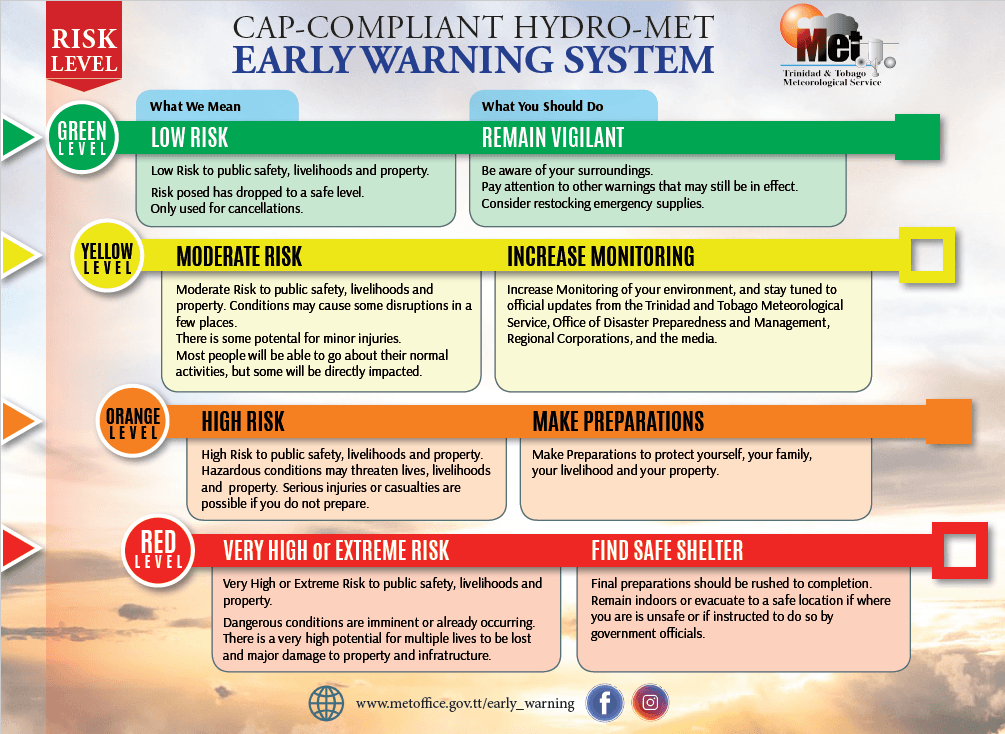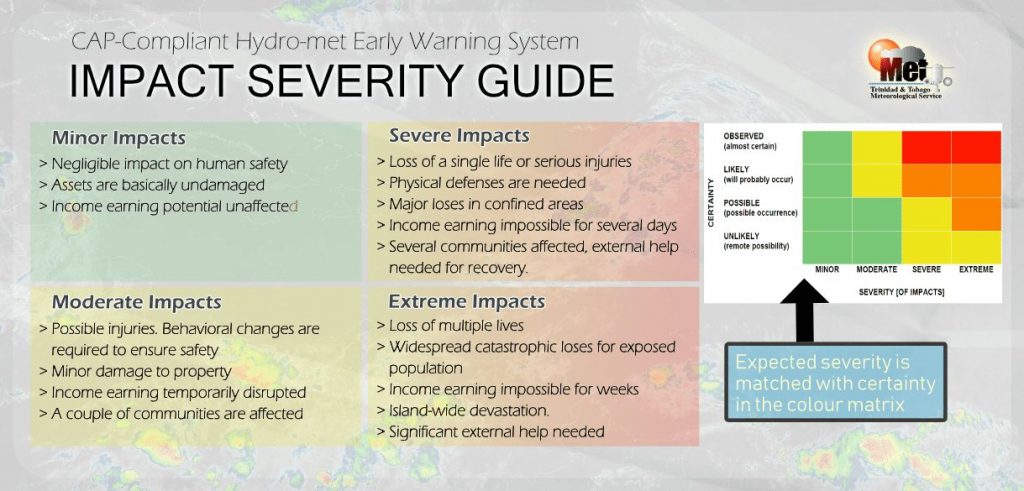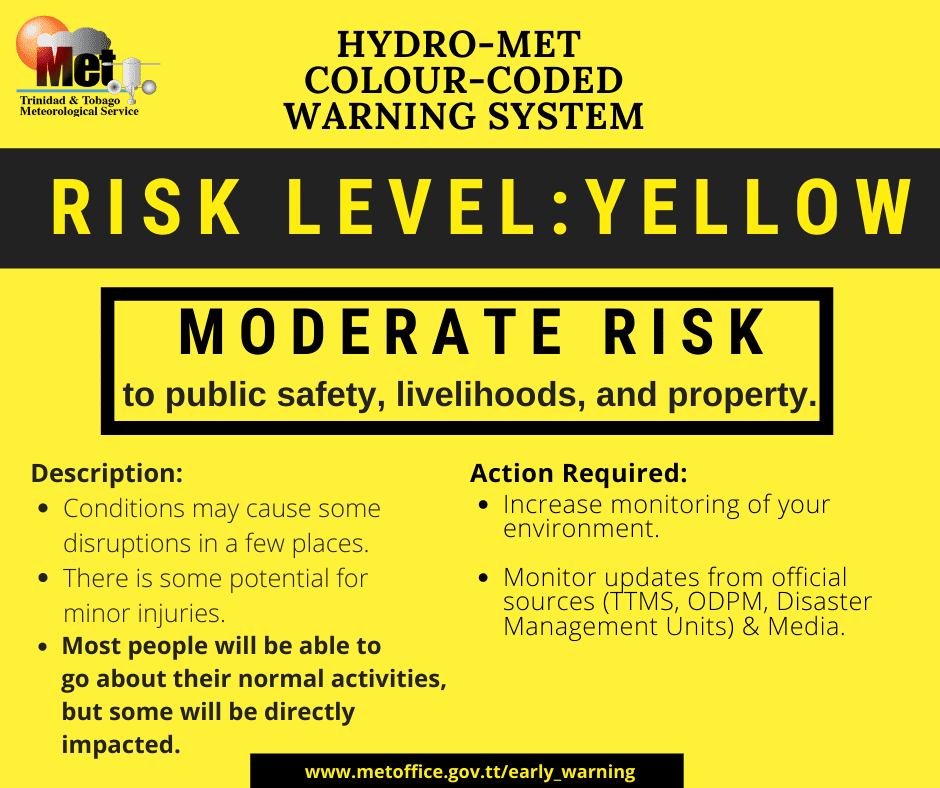A strong North-central Atlantic low-pressure system continues to agitate seas, producing long-period swells that have moved across the Atlantic Ocean. These waves are affecting the Lesser Antilles, including the southern Windwards and T&T, through Tuesday morning.
These long-period swells, combined with spring tides ongoing through January 16th, have resulted in hazardous seas, prompting the Trinidad and Tobago Meteorological Service (TTMS) to maintain a Hazardous Seas Alert for this event.
What you need to know
— What is happening: Long-period swells between 10 and 14 seconds continue to move in from the northeast to north and are forecast to continue affecting northern and northeastern coastlines through the weekend, with peak swells through Monday.
— What can we expect: Open water waves are forecast to remain up to 2.0 meters, while swells are forecast to produce large, battering waves in nearshore areas through Tuesday, according to the alert. Forecast models show another high-energy swell event beginning from Wednesday. There is an increased risk of rip currents and potentially dangerous conditions for small craft operators.
Latest Alerts
TTMS Issues Adverse Weather Alert For T&T
Trinidad and Tobago is NOT under any tropical storm or hurricane threat, watch, or warning at this time.
The Hazardous Seas Alert
The Trinidad and Tobago Meteorological Service updated the Hazardous Seas Alert (Yellow Level) on Sunday, January 12th, 2025, at 2:01 PM. The alert went into effect for exposed northern and northeastern coastal areas of Trinidad and Tobago, and to a lesser extent – the northern-facing coastlines of the Gulf of Paria, from 12:00 AM (midnight) Saturday, January 11th, 2025, and remains in effect through 10:00 AM Tuesday, January 14th, 2025.


“High-energy, long-period northerly swells are producing occasional large breakers along near-shore coastal areas. Near-shore activities, including fishing, swimming, and boat moorings, can be disrupted, especially during high tides. Impacts may also include intrusion of salt water and displacement of sand, further than the average reach point,” according to the Trinidad and Tobago Meteorological Service.

The alert’s color indicates the event’s severity and probability of the event occurring. Currently, the alert level is Yellow. This means that the hazards have been observed, and the severity of impacts is moderate for this particular alert.
There is an increased risk of strong rip currents, which pose a serious hazard to swimmers and beachgoers. Rip currents can be life-threatening even for experienced swimmers. Agitated seas will likely be particularly dangerous for offshore activities, including fishing and other small craft marine interests. Due to spring tides, conditions at seawalls along affected coastlines can be exacerbated, especially at high tide.
For a moderate Hazardous Seas Alert, there is the potential for possible injuries, where behavioral changes are required to ensure safety. There may be minor damage to property, with income-earning temporarily disrupted and a couple of communities affected.
The Met Office advises all marine interests to monitor near-shore sea conditions, exercise extra caution along affected coasts, limit nearshore marine activities, and continue monitoring updates from official sites.












